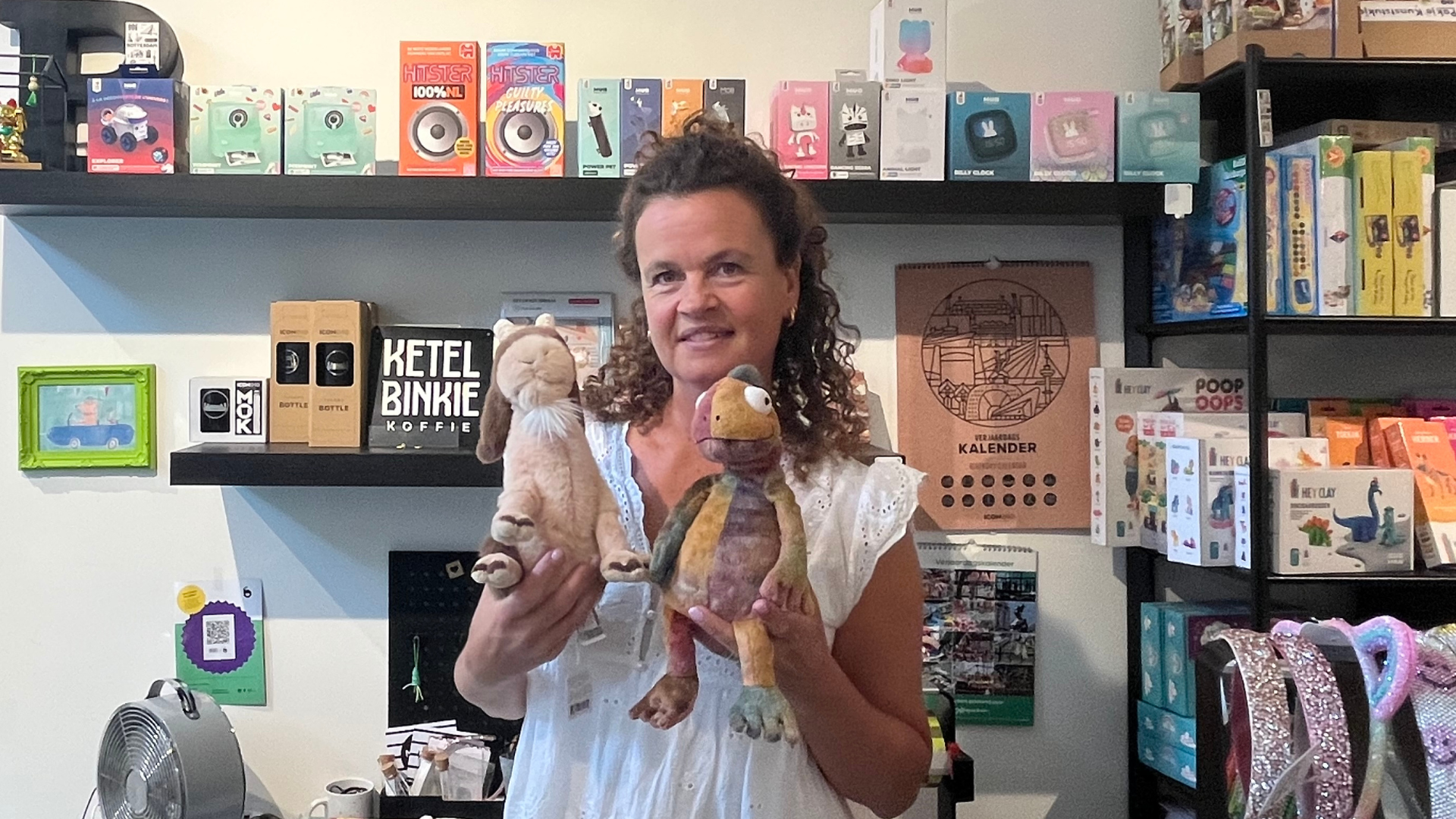At Byewaste, we truly believe that knowledge is power. Moreover, we like to think that we are building a more sustainable future together with our users. You may have asked yourself why this mission is so important to us. In this article, we will provide the answers to five urgent questions related to the topic of climate change that inspired us to launch our business.
Although we are highly committed to our sustainable mission, we are not climate researchers ourselves. Therefore, we will answer your questions with the help of an insightful TEDTalk series that was uploaded in 2020.
While you can find a lot of information on the topic online, we know the struggle of having to decipher the meaning of highly specific scientific terms when looking for an answer to your most pressing questions. Therefore, we will summarize the takeaways of each video using plain, everyday language.
We will answer the following questions, keeping to the original structure of the TEDTalk series:
- Why is the world warming up?
- What is net-zero?
- Where does all the carbon we release go?
- Why is 1.5 degrees such a big deal?
- Why act now?
1. Why is the world warming up?
The first question that will be discussed is “Why is the world warming up?”. In the video, a comparison is drawn between the earth and a greenhouse. Our atmosphere reflects a small share of the energy that comes from the sun, in the same way that the glass roof and walls of a greenhouse reflect the sunlight.
However, most of the energy passes through this layer, heating up the inside of the greenhouse. In the past, a substantial percentage of this heat would dissolve into space, resulting in a stable temperature. Over time, mankind began to release increasing amounts of carbon dioxide into the atmosphere. Our current carbon emissions are so high that we could even fill billions of greenhouses on a daily basis.
All this CO2 thickens the atmosphere – the “walls” of our greenhouse. This makes it increasingly difficult for the heat to escape into space, while an equal amount of energy is being absorbed from the sun as before. As a result, the average temperature on our planet goes up.
2. What is net zero?
Mankind releases enormous amounts of greenhouse gasses into the atmosphere – no less than 55 gigatons on a yearly basis.
The best measure we could take to put an end to global warming is reducing our emissions to zero. However, this is unachievable in the short-term.
A more feasible approach might be that of ‘net zero’. This means that all countries should remove one molecule of greenhouse gas from the atmosphere for every molecule that they release into the air. This way, even if it takes some time to develop innovative solutions to entirely eradicate air pollution, we bring back our net emissions to zero.
3. Where does all the carbon we release go?
You might wonder where all this carbon that is being released into the air goes. Carbon, like most things in nature, has a natural cycle of its own. It can be found in the soil, our oceans, the atmosphere, and in rocks that lie deep underground.
When a carrier dies, carbon is being released back into the atmosphere. In a seemingly perfect balance, new plants reabsorb this carbon as they grow.
However, humans and volcanoes cause further increases in the level of CO2 in the atmosphere. This is due to the fact that some of the carbon that was originally stored in nature eventually turns into rocks and fossil fuels. When volcanoes erupt, they release the carbon trapped in old rocks into the atmosphere. Humans, on the other hand, emit about sixty times as much CO2 each year by burning fossil fuels. This disrupts the natural carbon cycle, causing global warming.
4. Why is 1.5 degrees such a big deal?
Although it may not seem like much, a 1.5 degree increase in temperature will have detrimental consequences for the human race.
This is because it will set off a series of events that cannot be stopped once set into motion. For starters, the vast ice sheets of Antarctica and Greenland will entirely melt, resulting in rising sea levels and widespread flooding. Furthermore, the weather will be affected by the heat, in that extreme temperatures (both hot and cold), exceptionally wet or dry weather and severe storms will become much more common.
Because the increase in temperature will not be evenly spread around the globe (i.e., the average temperature may climb 10 degrees in one region but fall 10 degrees in another), local climates will destabilize even further, causing all kinds of natural disasters.
5. Why act now?
Global warming is a time-sensitive phenomenon, meaning that we should act sooner rather than later to avoid leaving future generations with an uninhabitable planet.
Because we release such massive amounts of greenhouse gases into the atmosphere (55 gigatons per year, according to the video), the costs of removing these gasses from the air rise dramatically with each second we wait (8 trillion dollars per year) – not to mention the unspeakable suffering caused by the natural disasters that will occur as a result of our reluctance to act.
It is worth noting that developing new CO2-free technologies is usually far less expensive than removing carbon from the atmosphere. This is why we must act immediately to ensure the survival of the planet and our species.
All videos in this article were written by Myles Allen, David Biello and George Zaidan and narrated by Kristen Bell.
The waste industry
But how does all this information relate to Byewaste’s mission? We are happy that you asked!
The waste sector is the fourth largest contributor to greenhouse gas emissions in Europe. According to the official data from the European Union, this sector emitted 135 million tonnes of CO2 equivalent in 2019. It should be noted that this number mostly determined by where the waste ends up and how it is treated. This is where we enter the picture.
Byewaste’s goal is to combat global warming by ensuring effective waste collection and recycling in local communities. Despite many initiatives, only 35% of non-traditional waste is currently recycled. Clothing, for example, is vastly underutilized, with 70% of textiles lost in the trash.
By collecting broken and unwanted items for free from people’s houses, we make sure that they end up in the right place. And not without results! So far, the use of our service has led to a decrease in emissions of 117,000 kg CO2.






.png)


